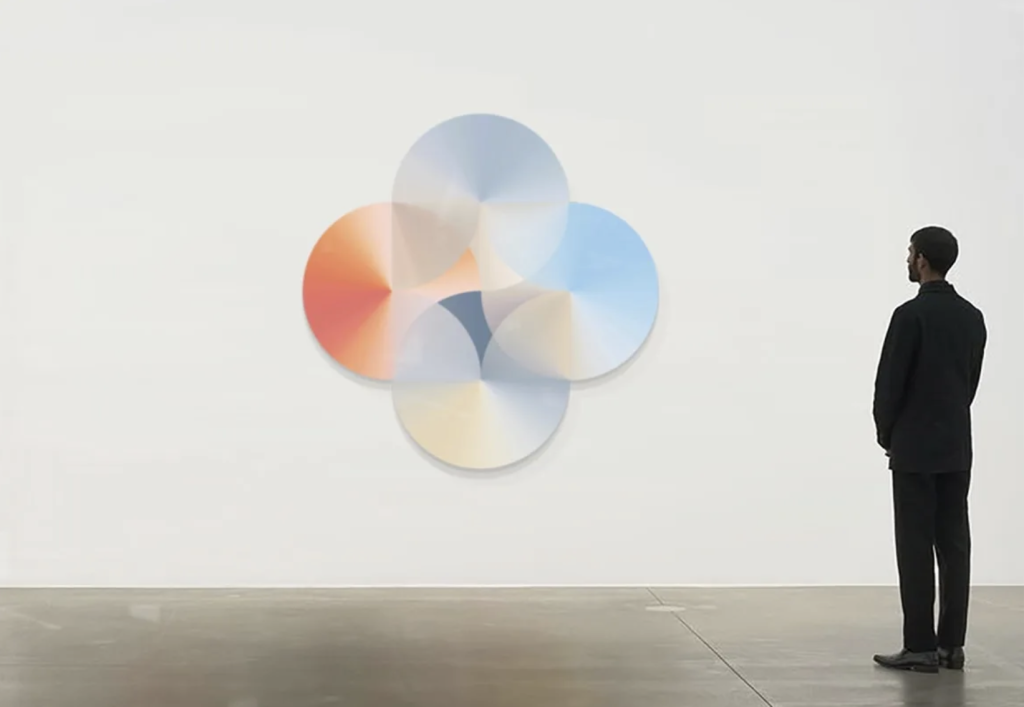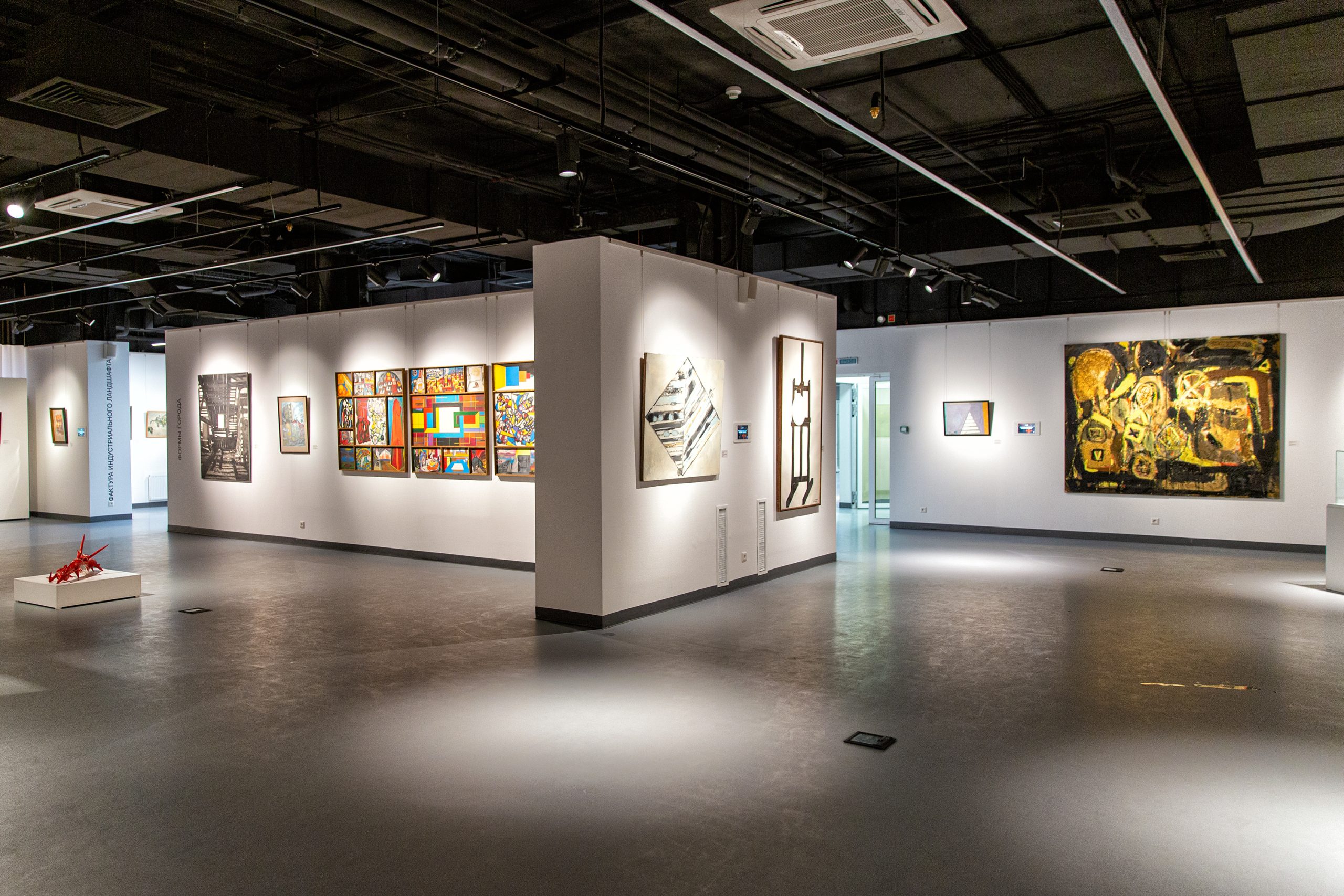Acquiring fine art is both an exhilarating and daunting endeavor. With a plethora of options to choose from, finding an artist and a medium that best suits your style can be an arduous task. Do not fret. There is a method to the madness when it comes to the art of art acquisition. Whether you are a seasoned connoisseur or a novice enthusiast, understanding the various ways to acquire fine art is essential to building a collection that resonates with your aesthetic and investment goals.

1. Galleries: The Traditional Path
Art galleries are the quintessential route for acquiring fine art. Galleries offer curated selections, providing access to established and emerging artists. Galleries are a great starting point for a few reasons:
- Curation and Expertise: Gallery owners and curators are knowledgeable about the artists they represent. They can provide insights into an artist’s background, technique, and market value.
- Authenticity and Provenance: Buying from a reputable gallery ensures the authenticity of the artwork and a documented history of ownership, known as provenance.
- Relationships: Building relationships with galleries can lead to early access to new works and exclusive exhibitions.
One of our favorite art galleries to work with is Markowicz Fine Art in Dallas. The level of art that they carry is superior boasting artists like Lyés-Olivier Sidhoum, J. Leo and Hunt Rettig.
2. Auctions: The Thrill of the Bid
Auction houses like Christie’s and Sotheby’s offer an exhilarating way to acquire art, often featuring works by renowned artists. Here’s what you need to know:
- Prestige and Access: Auctions provide access to high-caliber works that might not be available elsewhere.
- Market Insight: Auctions are a barometer for the art market, offering insights into current trends and prices.
- Bidding Strategy: Understanding the auction process and having a clear bidding strategy is crucial. It’s often wise to set a maximum bid to avoid the fever of the moment.
3. Art Fairs: Exploring Diversity
Art fairs such as Art Basel and Frieze offer a unique opportunity to see a diverse range of artworks from galleries worldwide under one roof. Here’s why art fairs are valuable:
- Variety and Scope: Art fairs showcase a wide spectrum of works, from contemporary to classic, providing a comprehensive view of the current art scene.
- Networking: These events are not just about buying art but also about networking with artists, dealers, and other collectors.
- Education: Many art fairs offer talks, tours, and panels that provide deeper insights into the art world.
If you are looking to check out local art fairs, add these to your calendars: Dallas Art Fair and The Other Art Fair
4. Direct from Artists: The Personal Touch
Acquiring art directly from artists can be a deeply personal and rewarding experience. Here’s why this method is appealing:
- Personal Connection: Buying directly from the artist allows for a personal connection and understanding of the work’s context and meaning.
- Support for Artists: Direct purchases support artists more substantially, as galleries often take a significant commission.
- Customization: Artists may offer commissioned works, allowing for personalized pieces that align closely with your vision.
5. Online Platforms: The Digital Frontier
The digital age has revolutionized art acquisition, with numerous online platforms offering access to a global array of artworks. Here’s what to consider:
- Convenience and Access: Online platforms like Artsy, Saatchi Art, and 1stdibs provide convenient access to a vast selection of artworks from around the world.
- Transparency: Many online platforms offer detailed information about the artwork, artist, and pricing, making the purchasing process transparent.
- Marketplaces and Auctions: Some platforms host online auctions, blending the excitement of traditional auctions with the convenience of online access.
6. Private Dealers and Consultants: Tailored Expertise
Engaging a private dealer or art consultant offers a bespoke approach to art acquisition. Here’s how they can help:
- Expert Guidance: Dealers and consultants bring expertise and connections, helping you navigate the art market and find pieces that align with your collection’s goals.
- Discretion: For high-profile collectors, private dealers offer discretion and confidentiality.
- Investment Advice: Consultants can provide valuable advice on art as an investment, helping you make informed decisions.
Acquiring fine art is a journey that blends passion, knowledge, and strategy. By exploring various avenues—galleries, auctions, art fairs, direct purchases from artists, online platforms, and private dealers—you can build a collection that is both personally and financially rewarding. Remember, the most important aspect of collecting art is to choose pieces that resonate with you, reflecting your taste and vision.









